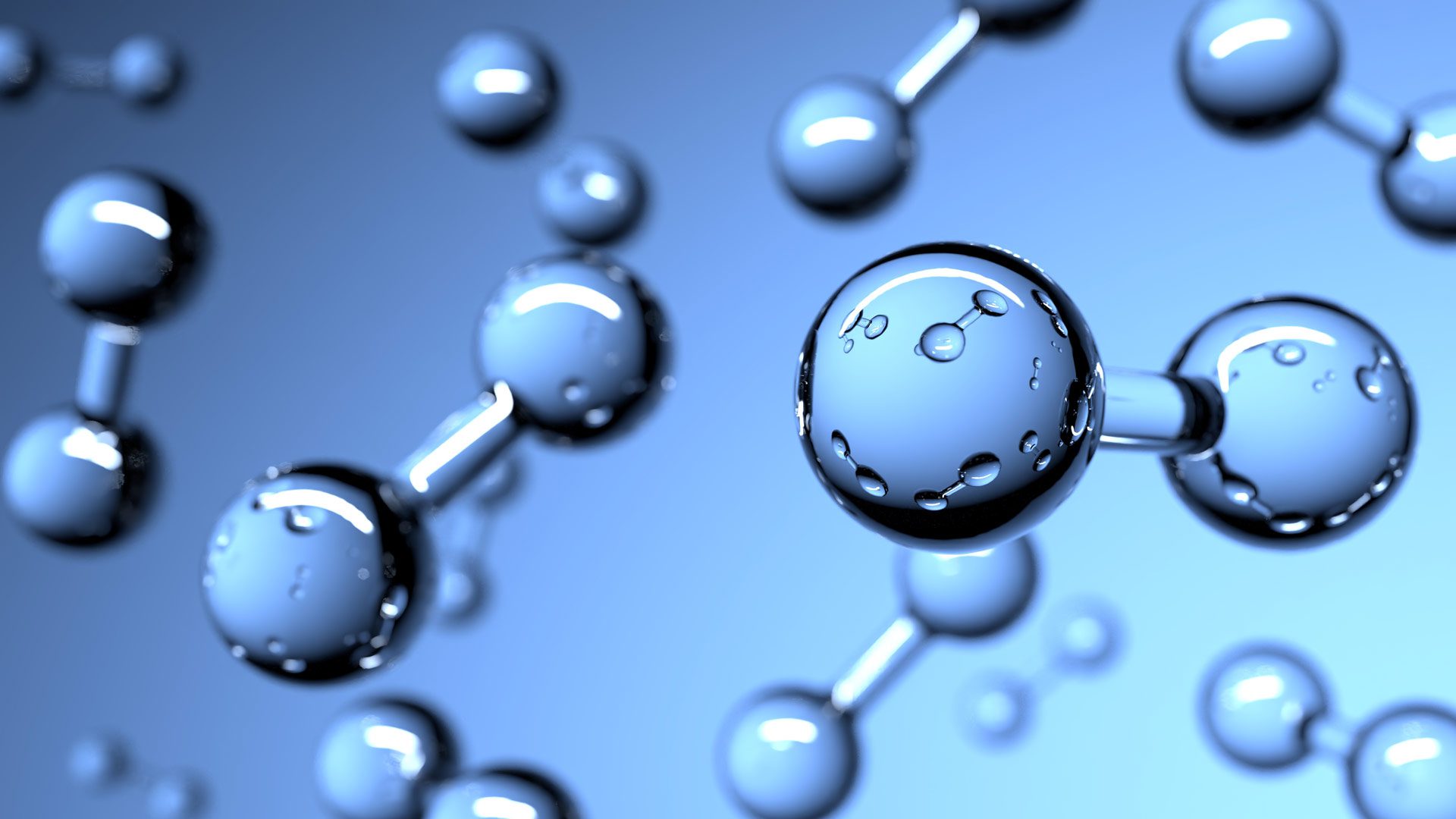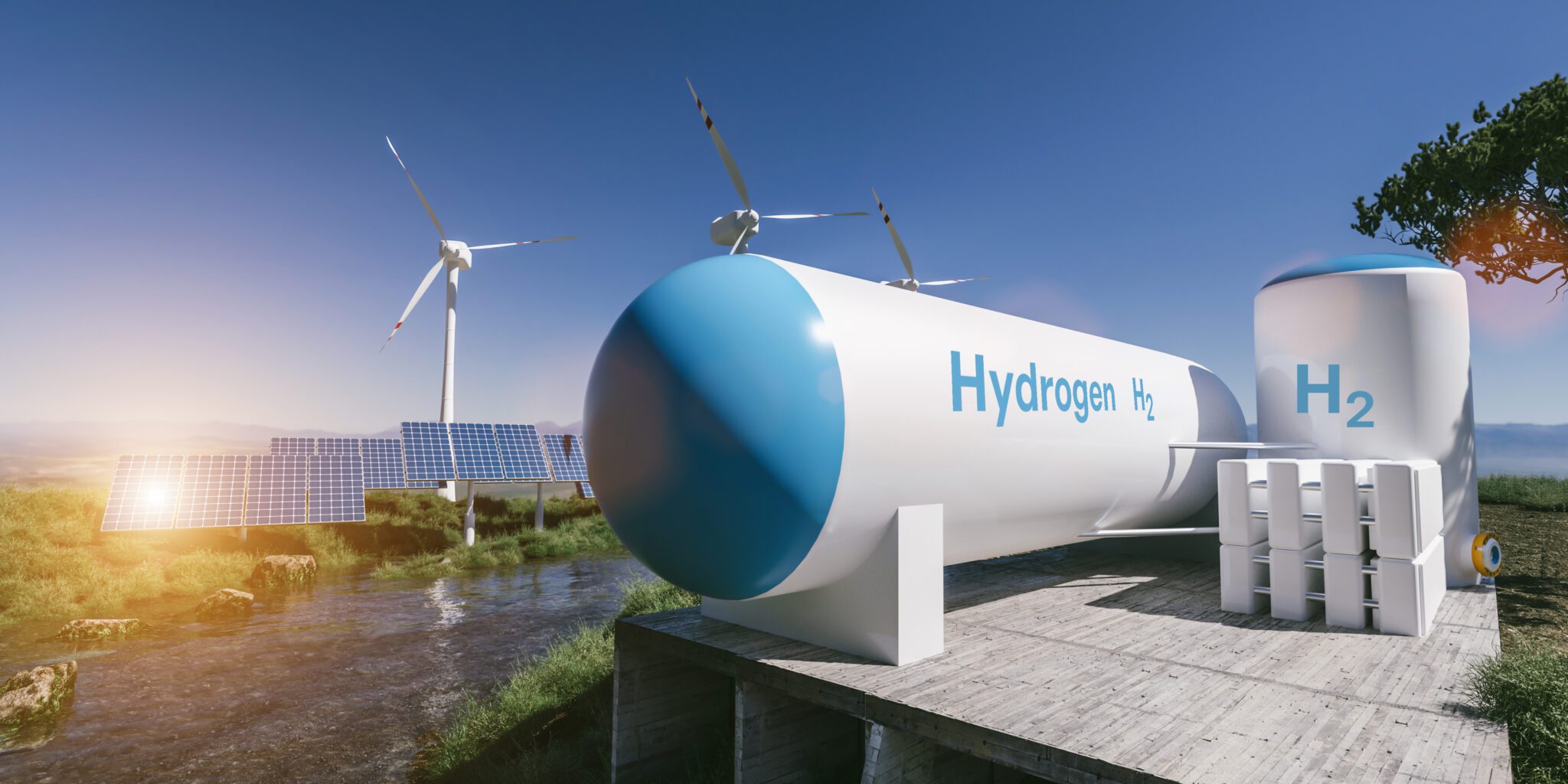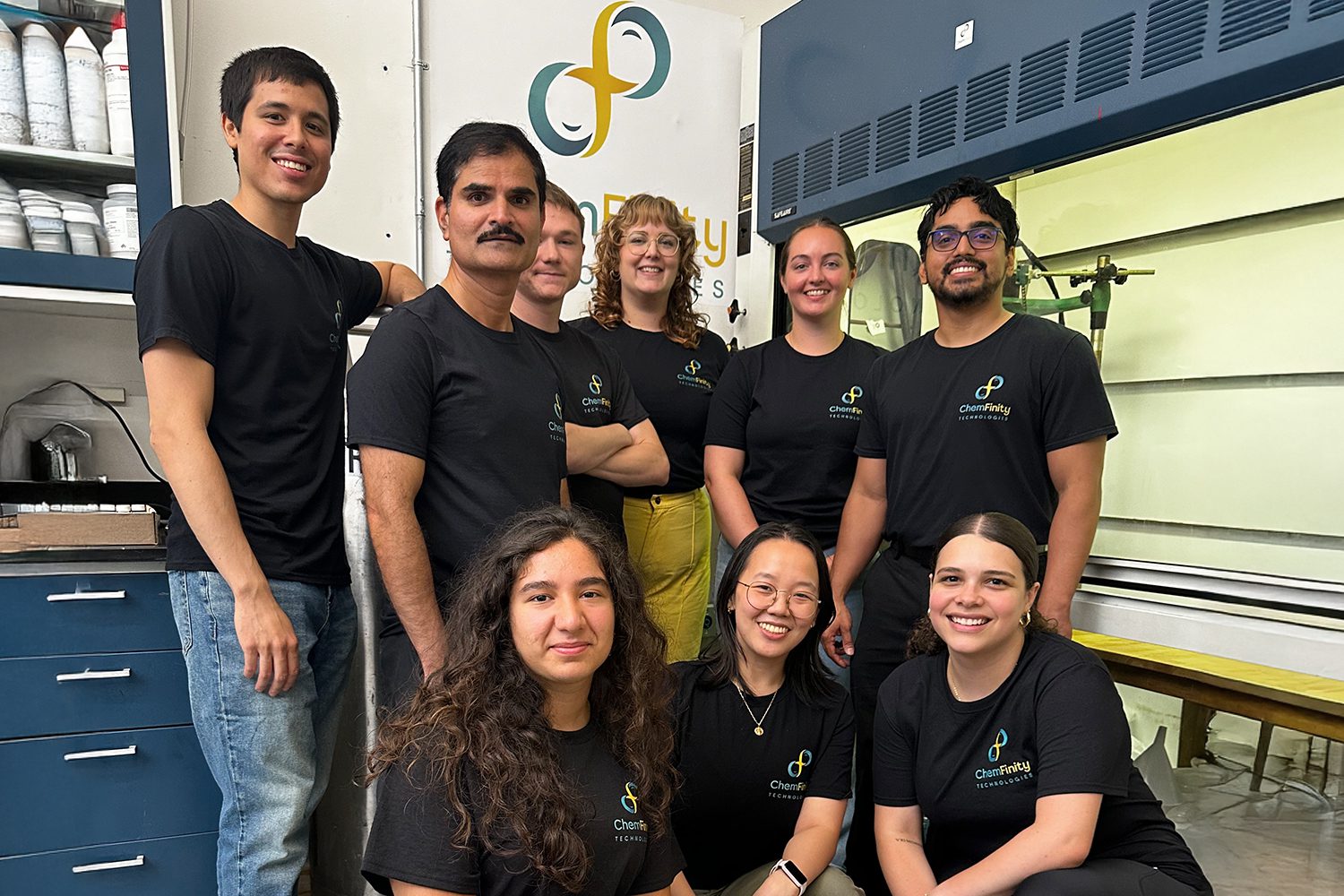This article is the second in a series of posts on Clean Hydrogen’s role in building a net-zero future. Other articles in the series can be found below:
Clean electricity and clean hydrogen complement each other like peanut butter and jelly.
As I explained in my last post, capital is flowing to clean hydrogen: the private sector has announced hundreds of billions of dollars in new project investments and recent landmark legislation is backing billions in federal funding to turbocharge the clean hydrogen economy.
In this second post in our hydrogen series, I’ll break down why those analyses mark clean hydrogen as so important.
First, what is hydrogen?
Hydrogen (H) is everywhere. In fact, it’s the most abundant element in the universe and you, being made of hydrocarbons, are host to billions of these atoms! But getting it in a useful form (H2) requires some work (and energy). For the non-chemistry nerds, H2 is what we get when two hydrogen atoms bond together and become a more stable hydrogen molecule. That bond is the “energy carrier” of H2. Even though H2 can be found in nature, as a rule, we’ve generally always had to make it (and will need to for the foreseeable future). H2 is incredibly light and, as our Chief Technology Officer Eric Toone likes to say, it’s “pure chemical energy.” You’ll see why that’s important in the next section.
There are several ways to make hydrogen, and each method has different economic, emissions, and environmental impacts. They’ve been covered well before—check out Cipher News' coverage and our founder Bill Gates’ blog.
For now, the most important takeaway across these varying methods is this: we can produce clean hydrogen without greenhouse gas emissions. Furthermore, federal legislation just made producing clean hydrogen cost-competitive with traditional emissions-intensive hydrogen production.
So since we can make it—and we know a lot will be made in the future—how will we use it?
Why do we need clean hydrogen?
Here at Breakthrough Energy, we think about the decarbonization opportunity through the five grand challenges framework: that is, how we can speedily eliminate emissions from how we grow food, move around, heat and cool buildings, make things, and keep the lights on.
For many areas, the answer will be to replace dirty fuel with clean electricity. This strategy is possible because of the increasing affordability of zero-carbon electricity as the costs of renewables and energy storage have come down and investment has grown in clean firm power sources like advanced nuclear and geothermal. However, to my comment above, electrification alone cannot fully decarbonize our five grand challenges.
This is where hydrogen comes in. There are some critical areas that currently lack a viable pathway for electricity to solve the full problem. Some, such as heavy transportation sectors like shipping, long-haul trucking, and aviation, can’t be electrified fully because of the limits of battery technologies, so we’ll need to replace dirty fuels with clean ones enabled by hydrogen, or with hydrogen directly. And in parts of the economy that revolve around chemical use or production, like plastics, fertilizer, or steel manufacturing, you need a molecule like hydrogen to produce the necessary chemical reactions that create the end-product.
So don’t get me wrong—electrons are great, but sometimes you need a molecule to get the job done. That’s why clean electricity and clean hydrogen complement each other like peanut butter and jelly. There is simply no way to reach net-zero emissions by 2050 without both.
How can hydrogen be used?
Today, hydrogen is primarily used as a chemical to create ammonia for fertilizer and in chemical production and refining. Replacing the dirty hydrogen we use now with a zero-carbon version would reduce global emissions by 1.6%. While that’s significant, clean hydrogen’s potential as a decarbonizing tool goes way beyond fertilizer and refining.
At the risk of sounding like a broken record, clean hydrogen can also be our answer for applications where other clean alternatives don’t exist.
Let’s take a look at two examples.
Steel manufacturing
Making steel today relies on massive amounts of fossil fuels, and U.S. steel production, while cleaner than production in other countries, generates 67 Mt CO2e annually. Clean hydrogen can be used to directly reduce iron used in steelmaking, and as a heat source, both of which can dramatically reduce emissions by up to 97% in this carbon-intensive industry that’s essential to everyday life, from cars and buildings to solar panels and wind turbines.
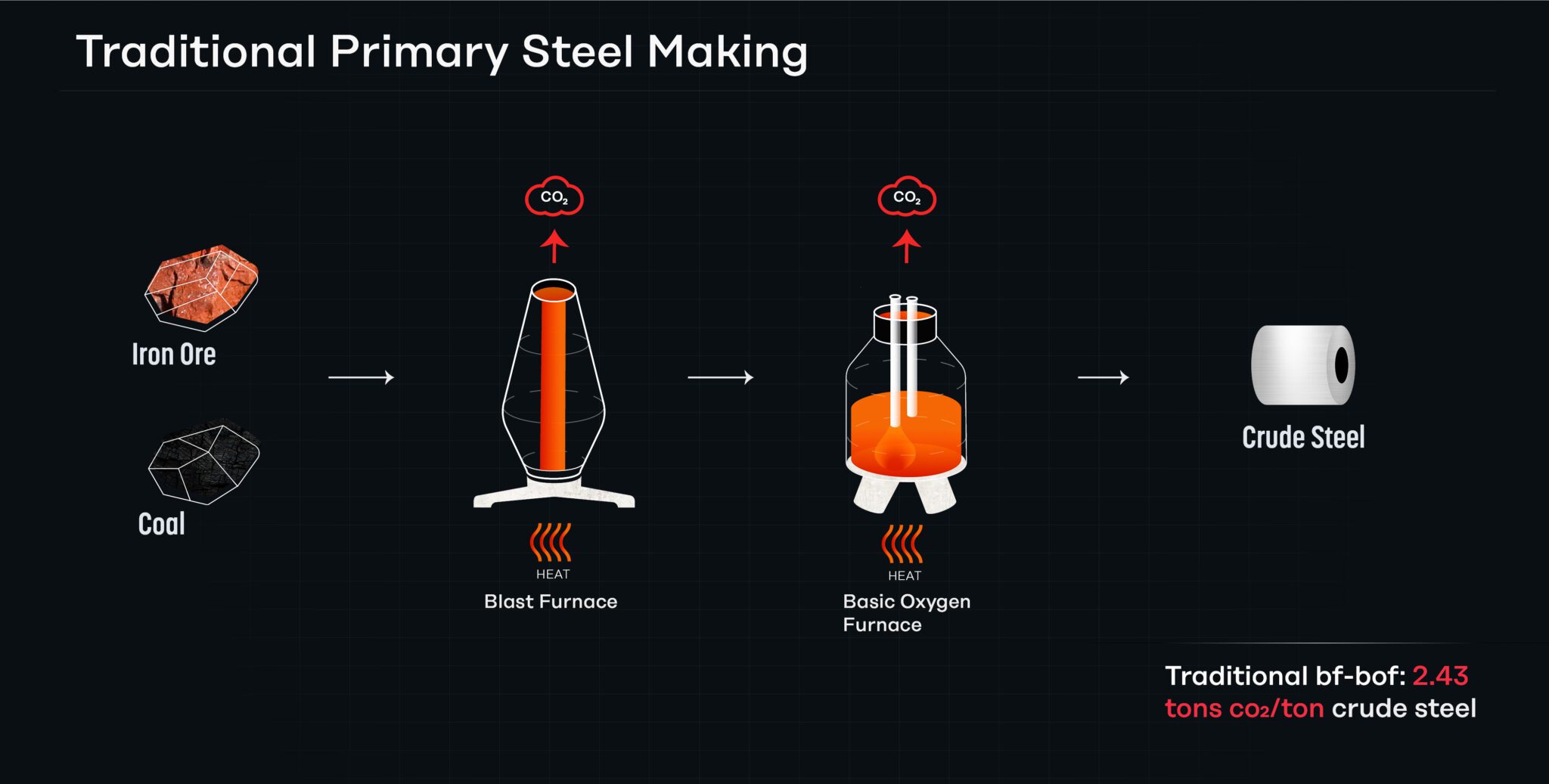
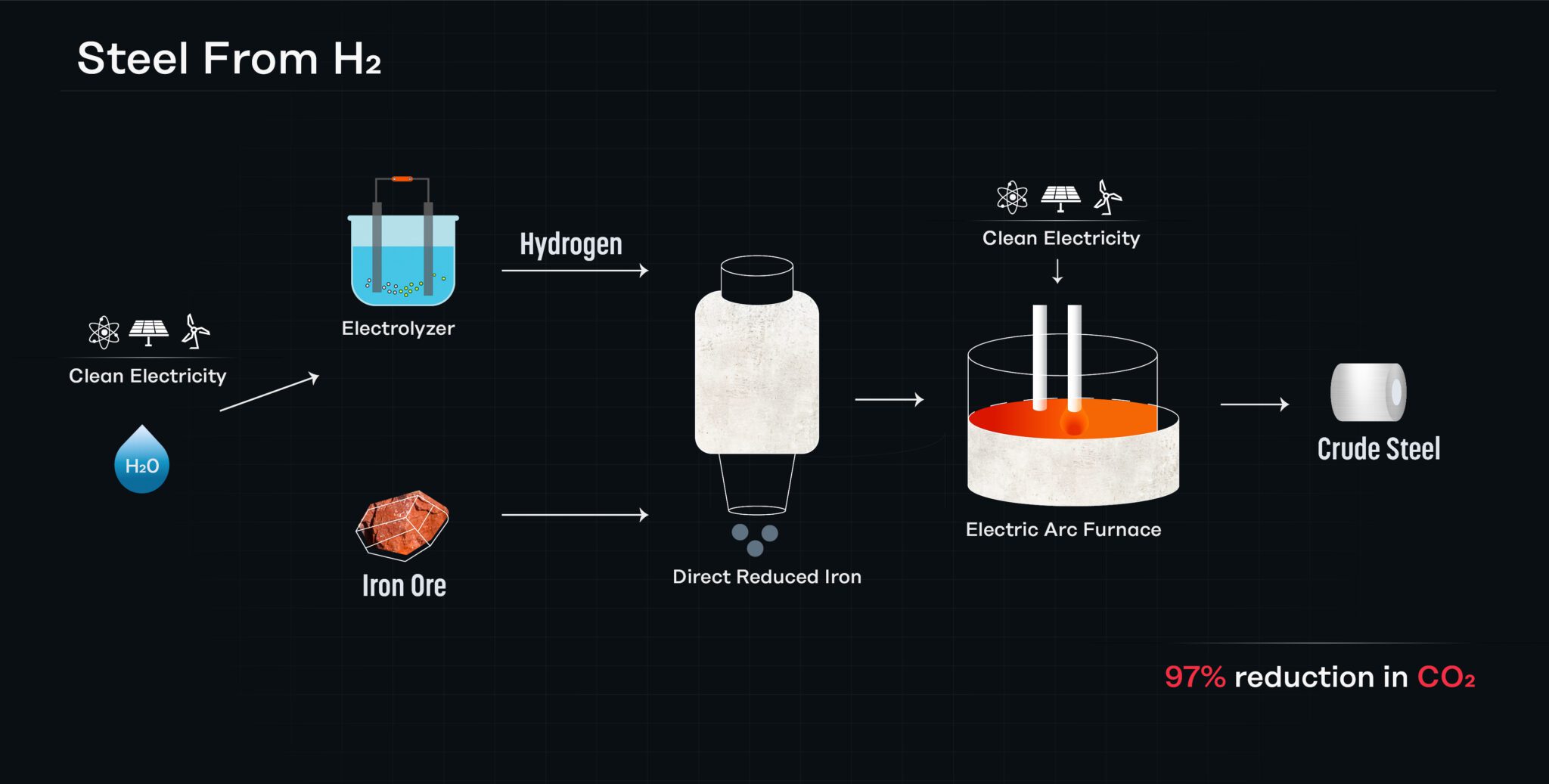
Aviation
Traditional jet fuel is a highly purified form of the same crude oil used to make gasoline. Commercial aviation currently accounts for 2.4% of global carbon emissions and it’s only growing. Hydrogen shows a lot of promise as an alternative fuel for airplanes, either processed through a fuel cell or directly burned, particularly for short- and medium-range flights. A longer-term aspiration, visualized below, is to combine hydrogen with a sustainable source of carbon (including captured CO2) to produce sustainable aviation fuel that could be processed by fossil fuel-burning aircraft. Although more innovation is needed to bring down the costs of this process, doing this can reduce emissions compared with fossil jet fuel by 75% to 99% and would allow us to continue using aircraft and infrastructure in place today.
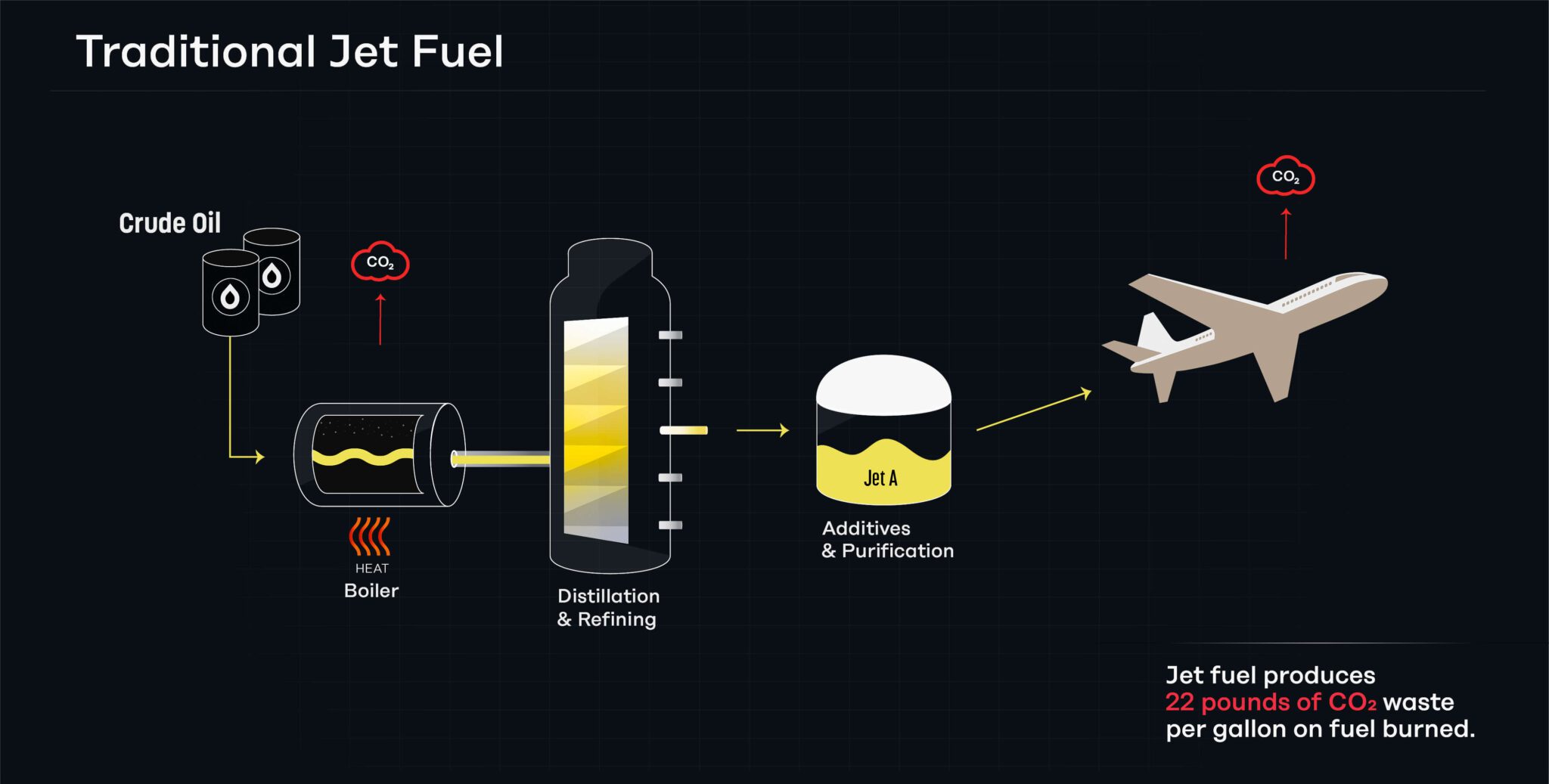
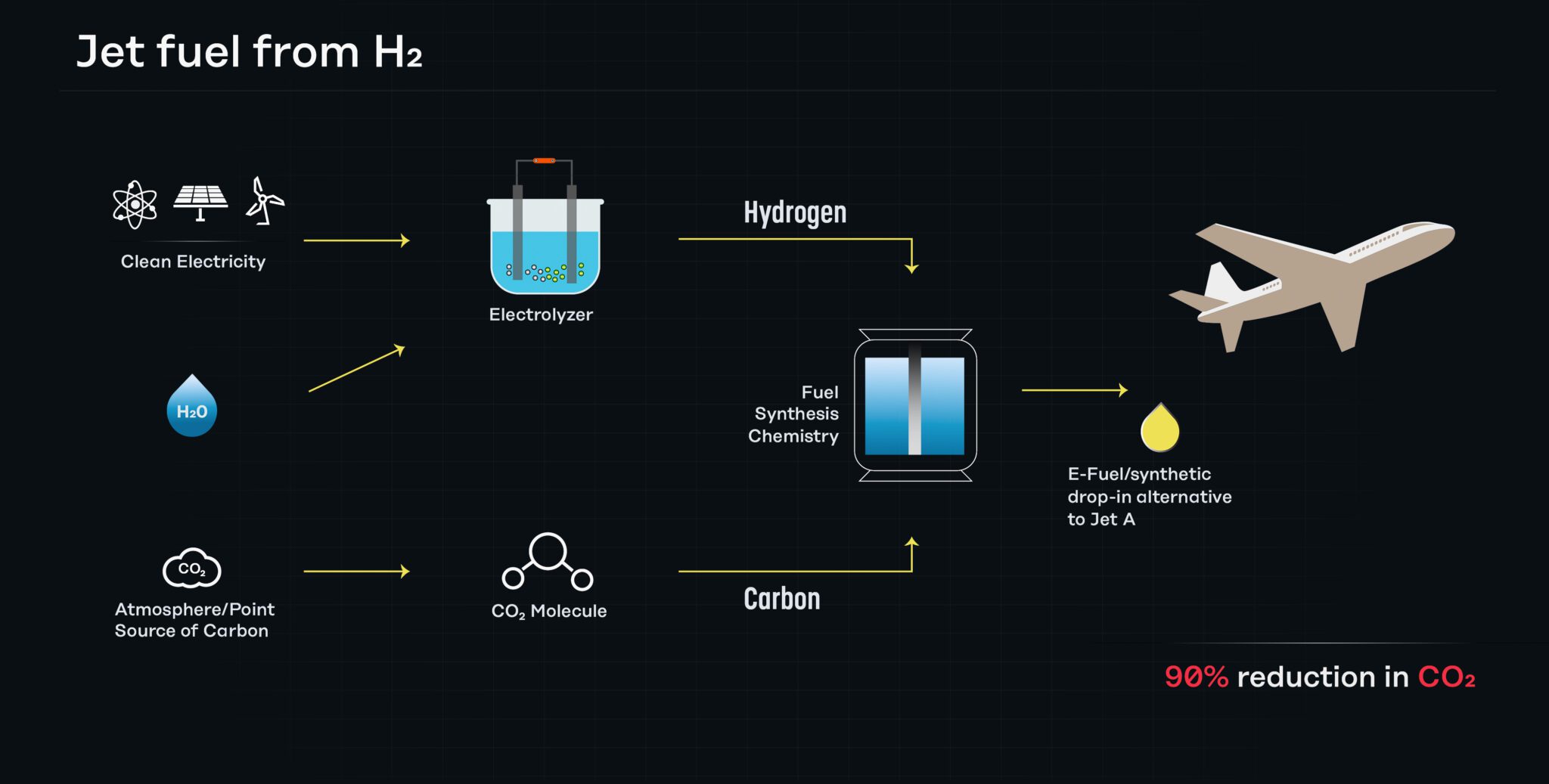
Beyond aviation, steel, and fertilizer, clean hydrogen is useful in these other applications, too:
- Industrial chemicals: hydrogen can be combined with a sustainable carbon source to make clean plastics and chemicals used to make paint, fabrics, and pharmaceuticals, among other things.
- Long-distance trucking and shipping: similarly, hydrogen can make energy-dense fuels to move goods across continents and oceans, beyond the range of batteries.
- Long-duration energy storage: we can save wind and solar energy as hydrogen for months at a time and redeploy it as electricity (ideally using a fuel cell or other zero-carbon way to make H2 back into electricity) when the sun isn’t shining and the wind isn’t blowing. In this way, hydrogen can fill a critical need for seasonal-length energy storage.
The bottom line:
When we think about solving climate change, there’s no one solution that will help us meet our goals. Hydrogen is one of many pieces to the decarbonization puzzle. We should prioritize its use where electrification isn’t possible and its decarbonization potential is highest.
Like so many other clean technologies (including clean electricity!), we’re not just talking about one thing, but a whole system–from producing and delivering to storing and using–associated with decarbonization. In the next post, I’ll go more into detail about the different options for storage and transport of hydrogen and how they lead to some hydrogen applications being better than others for the climate.

